Ten common basic watercolour techniques + summary of problems
About the basic watercolour painting techniques, in fact, can be divided into dry painting method and wet painting method, according to the different state of moisture to classify, can also be further refined, for example, wet painting method can be further subdivided into haloing, soft edges and so on. Furthermore, according to special tools to extend some special techniques, such as salt, white glue white method. Next we will carefully combine examples to analyse several common techniques and common problems.
First, flat painting method
Paint is one of the very basic and common painting methods in watercolour painting. First of all, we need to know what is the purpose of plein air painting? What is the purpose? Generally we will use the flat painting method to spread the colour, spreading the colour is a relatively large area of a layer of uniform colour. Before painting, we usually need to lay a layer of water on the drawing paper first, in order to make the colour flow evenly, no brush strokes, no water marks.
Common painting examples: the base colour for painting landscapes, like the evening sun, the sky, the ocean and so on. The base colour in the picture below is a typical method of flat painting.
Common Problems:
1. Uneven base colour
Solution: When laying out the colours, try to mix enough colours to prevent the need to re-mix the colours halfway through the painting. Or the base colour is already dry, the colour can not be articulated caused by poor colour.
2. Obvious brush strokes
Solution: Choose a suitable flat-tip brush according to the size of the painting and spread the colours quickly. Before the previous paint dries, quickly drop the brush to make the colour block even. You can also use a sponge instead of a flat brush to spread the colours, as the sponge is less likely to let the colours run down during the painting process. Another reason is that when the paint is drying, repeated application of the paint will make the paint on the back of the different moisture, and it is also easier to appear water marks.
3. Obvious water marks
Solution: The water marks may be caused by the fact that during the painting process, the water on the brush is more than the water on the base colour, and the concentration of the pigment is lower than that of the base colour. Adjust the amount of pigment before painting can avoid the second adjustment of colour. The second reason may be that when you spread the water, there is already too much water, making the paper form puddles or bulges.
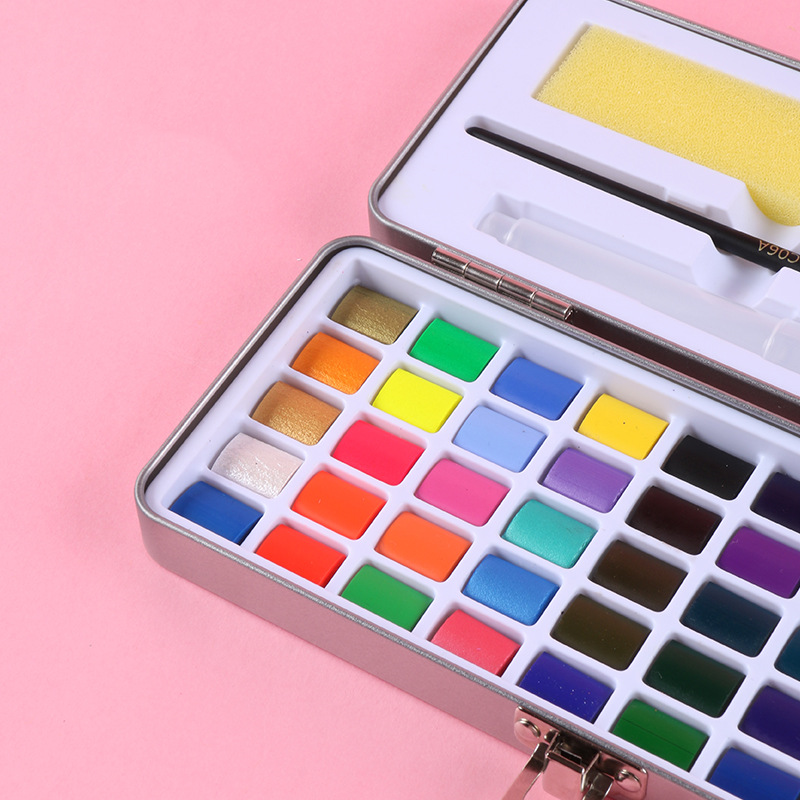
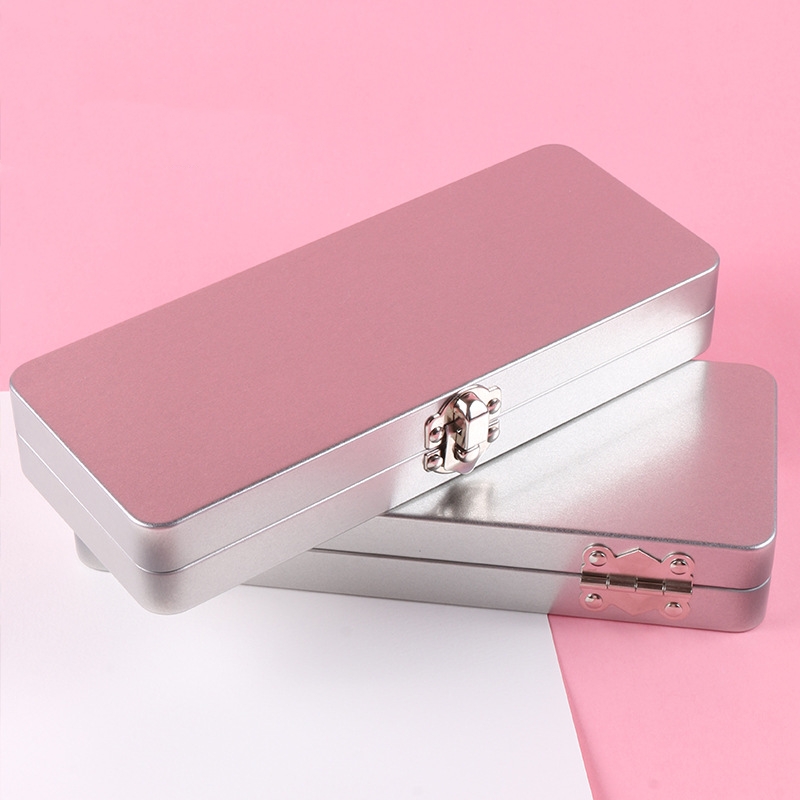
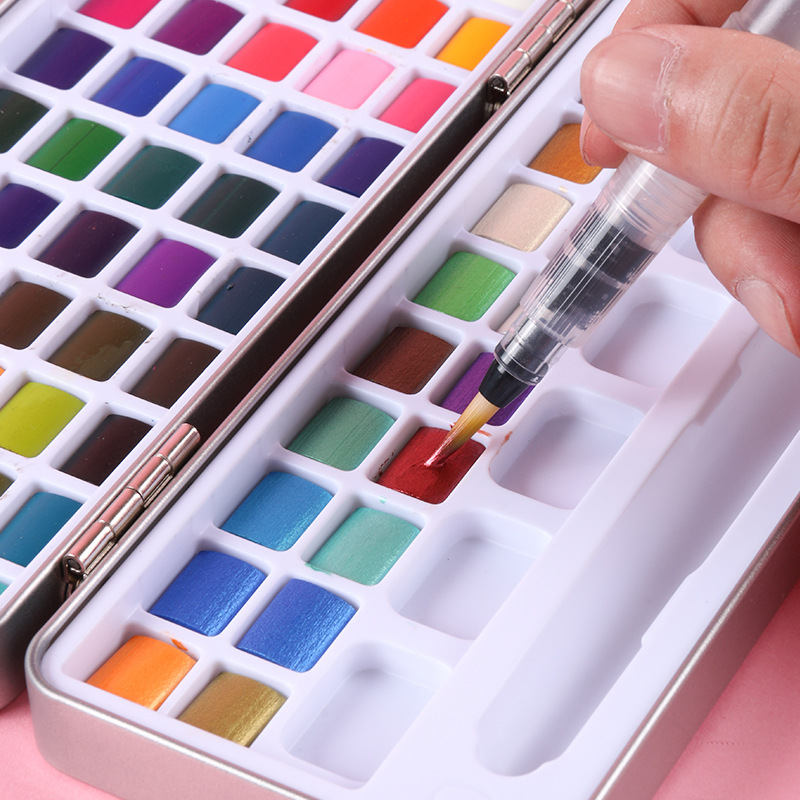
Second, gradient staining method
The gradient method is an upgraded version of the flat painting method. Generally speaking, gradation from deep to light is easier to grasp, each stroke of moisture than the previous one, the concentration of pigment is also a little less, making the picture form a natural gradient transition effect. You don't need to wash the brush when you paint each stroke, and it's easier to paint a comfortable gradient effect by keeping the direction of the brush the same. Some partners may want to ask, that can be painted from light to deep, of course, can, but it will be more difficult to control, because each stroke of the paint have to re-add to the colour mixing, not only a waste of time, but also the degree of control is not good, for beginners will be slightly more difficult.
Common painting examples: painting the horizon, sunset, etc., and the same as the flat painting method used in landscape painting more.
Common Problems: Similar to the plein air method, so I won't explain too much.
Third, mixed colour halo method
The two methods we mentioned before are single colour. Then the mixed-colour halo method, you need to use in two colours, or more than two colours. The operation is the same, compared to the more difficult to control. Not only do you have to think about moisture strokes, but you also need to think about mixing and matching colours. Before painting to do in mind, the first thing is that we mentioned before to mix a sufficient amount of colour in advance, but also need to think ahead of the next step to mix the colour of what is the colour. It is recommended that beginners experiment on the sample paper before painting, because the colours in the paint box and the colours on the paper may not be the same as you imagined, and the effect of mixing the colours also needs more practice.
Common painting examples: painting the horizon, sunset, etc., and the same as the flat painting method used in landscape painting more.
Common Problems: In addition to the problems of brush strokes and moisture, there are also problems of colour matching. There will also be some colour matching problems, if you are not quite sure how to match the colour, before painting the complete work, try to practice to paint a gradient mixing colour card is a good choice. Or you can choose the colour ring in the colour of the most secure, such as yellow and orange similar and so on.
Fourth, stacked colour method
Stacked colour method is simply the method of laying colour on the already dry colour. In most cases, we just paint a layer is not able to show the desired picture effect. The point is, before painting, must ensure that the previous layer has been dry, to prevent halo colour staining. In the actual painting process, often used in conjunction with other techniques, you can also use the partial overlay colour method to portray details. To save time, you can also have a hair dryer, but try not to start blowing when there is too much moisture on the paper, it will blow water everywhere and ruin the effect.
Common painting examples: painting the details of various objects, such as flowers, animal hair, plant veins, doors and windows of buildings and so on.
Common problems.
1. Halo colour staining
The solution is to make sure that the colour of the previous layer is completely dry and that there is no crosstalk between the two layers. This requires a very clear idea of where and how to paint at each step before painting.
2. The colour does not go down
The solution is to make sure that during the mixing process, the pigment concentration is higher and the colours are darker than the previous one, with less moisture. Watercolour has a high degree of transparency, and because of this, it requires a step-by-step approach. It is necessary to paint in a sequence from light to dark, each step being heavier than the previous one to gradually enrich the picture.
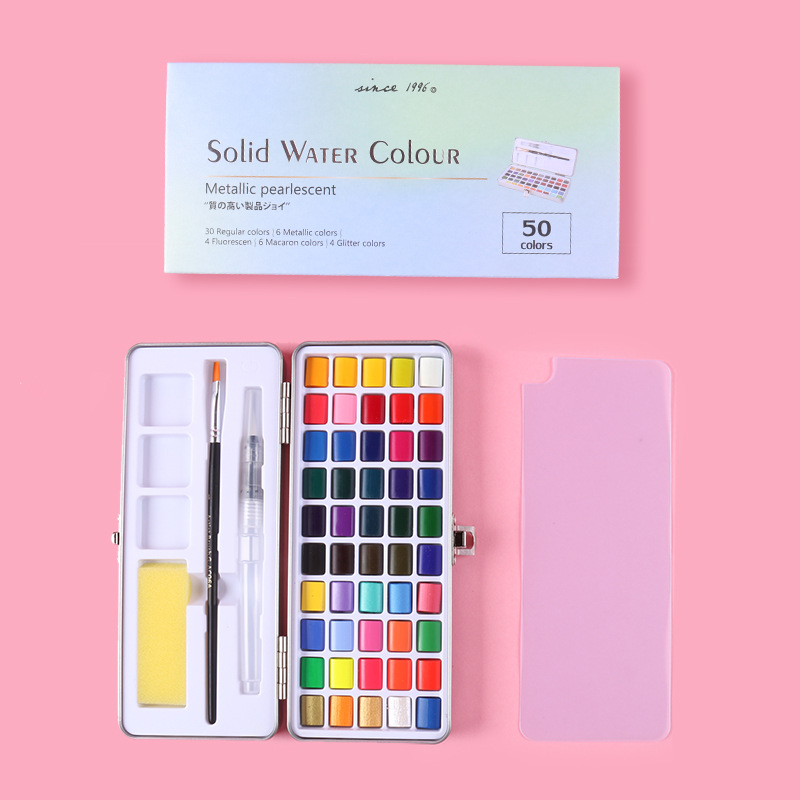
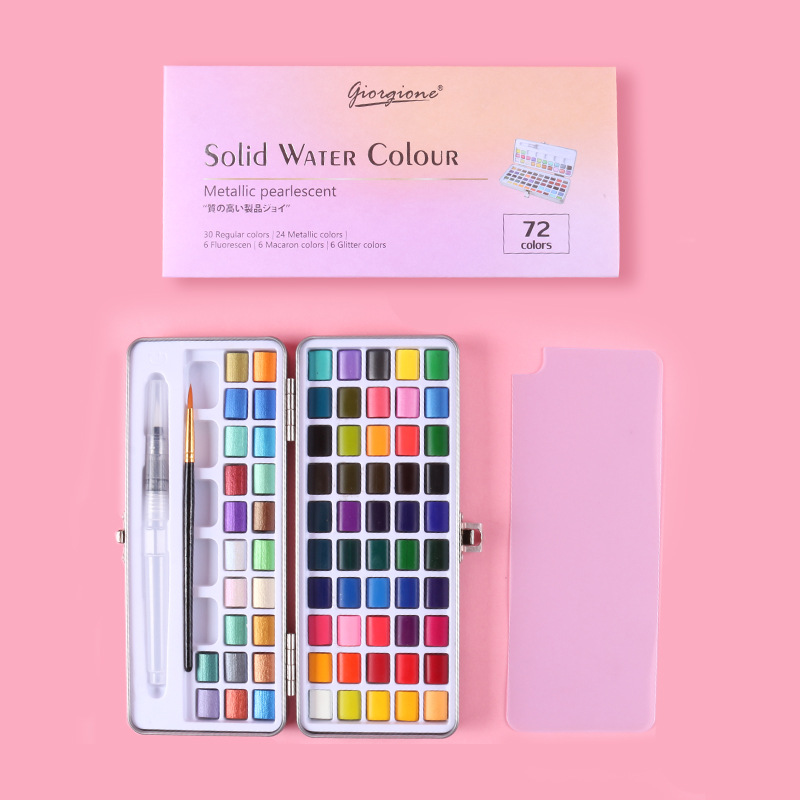
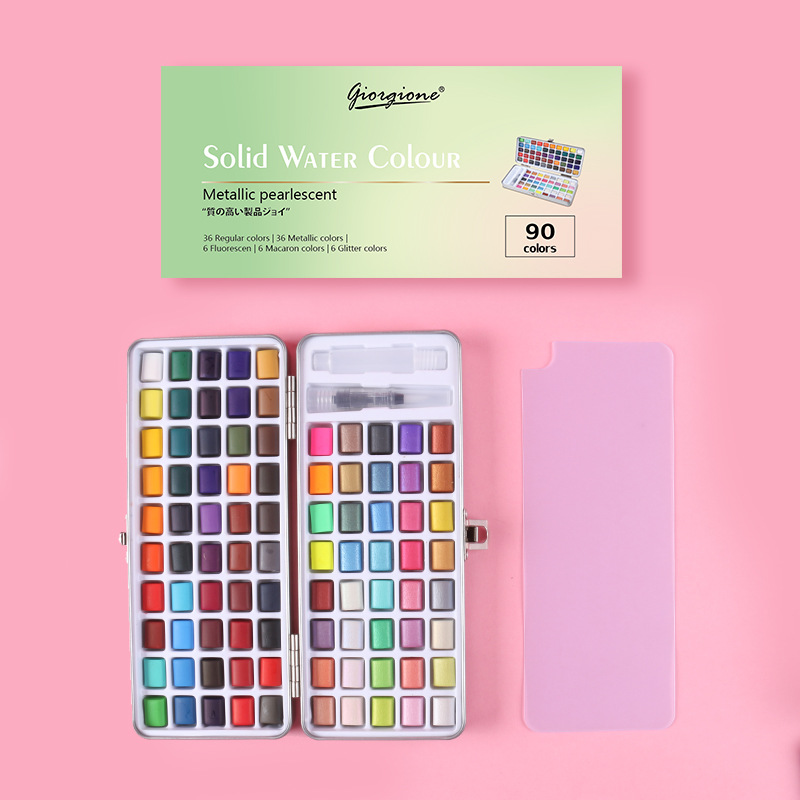
Fifth,Wet painting method
Wet painting is one of the most important foundations of watercolour, and many beginners find watercolour difficult because it is relatively hard to master. Moisture control is the focus of the wet painting method, in addition to what we said before that watercolour has "transparency", there is another characteristic is "fluidity". The fluidity is embodied in the use of various techniques to create different effects. The key to fluidity is the state of water in painting.
Wet painting is simply understood as continuing to paint while the paint is still wet, so that the different colours can blend naturally with each other. Wet painting is easier to show the transparency and haziness of watercolour, but if the whole painting is wet, the picture will feel too vague and blurred. Generally, we will combine wet and dry painting, using wet painting for the base colour, and using overlapping colours for the details and other comprehensive techniques.
Wet painting method can be extended out of a lot of techniques, such as soft edge method: make one side of the edge of the hazy side, you can use the soft edge method of the need for hazy side of the overstaining with water brush. For example, the dabbing method: in the wet base colour on the gradual dabbing way, gradually deepen the local effect. In short, these techniques are on the basis of the flexible use of wet, through a lot of practice, more summary of the experience, the integration of the three can be.
Common painting examples: painting the base colour of various objects, such as the hazy texture of flowers, the fluffy texture of animal hair, the effect of landscape painting and so on.
Common problems.
1. Unable to control the degree of diffusion
The solution is to observe the change of moisture, the larger the moisture, the larger the diffusion area. The smaller the moisture, the smaller the diffusion area. According to the length of time to judge, you can also be based on experience in the colour mixing
Sixth, scrub method
The key to the scrubbing method is to understand the expression of "bright part" in watercolour. As we mentioned earlier, the characteristics of watercolour determine the order of painting, from light to dark. The brightest part of the picture is the colour of the paper, which can be left white manually or with the help of a special medium. Another way to express the bright areas is to scrub small areas of light or reflections through the pre-painted base colours in water. This can be done with a paper towel, a stiff nylon brush, or a sponge.
Common painting examples: painting a variety of objects reflective surface, such as painting characters in watercolour, the pupil's reflection can be scrubbed out with a small brush; painting some light, such as the sky and the forest or the sense of light on the sea; backlight spotlight effect and so on.
Common problems.
1. Unable to control the scrubbing area
The solution is basically the same as the wet painting method.
2. Not knowing how to choose the right tools
If it is the sky or forest and sea light, you can use a hard nylon brush in the wet paper surface quickly scrub; if it is the sunset sunset backlight of the sun, you can use a paper towel or sponge to point out the appropriate area can be.
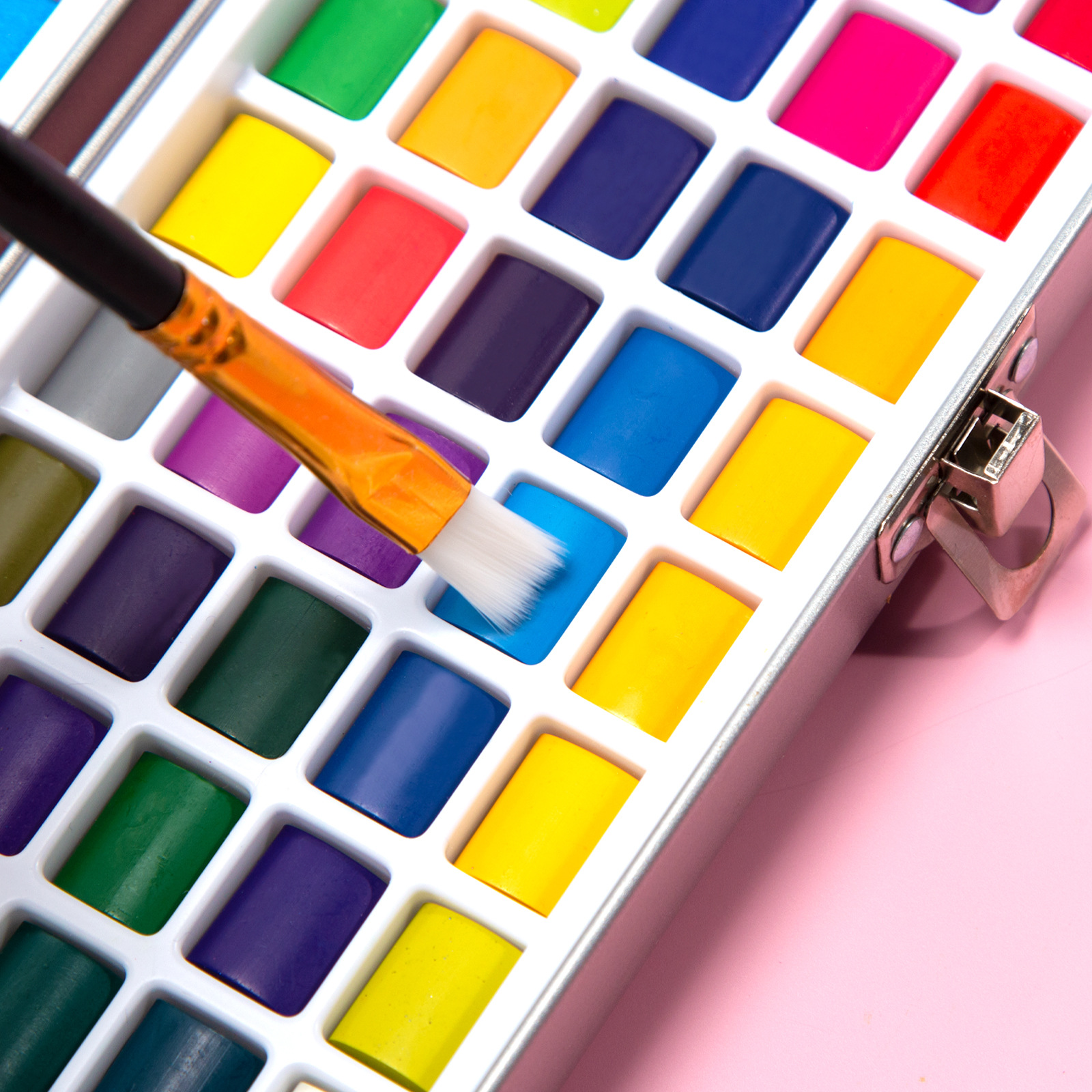
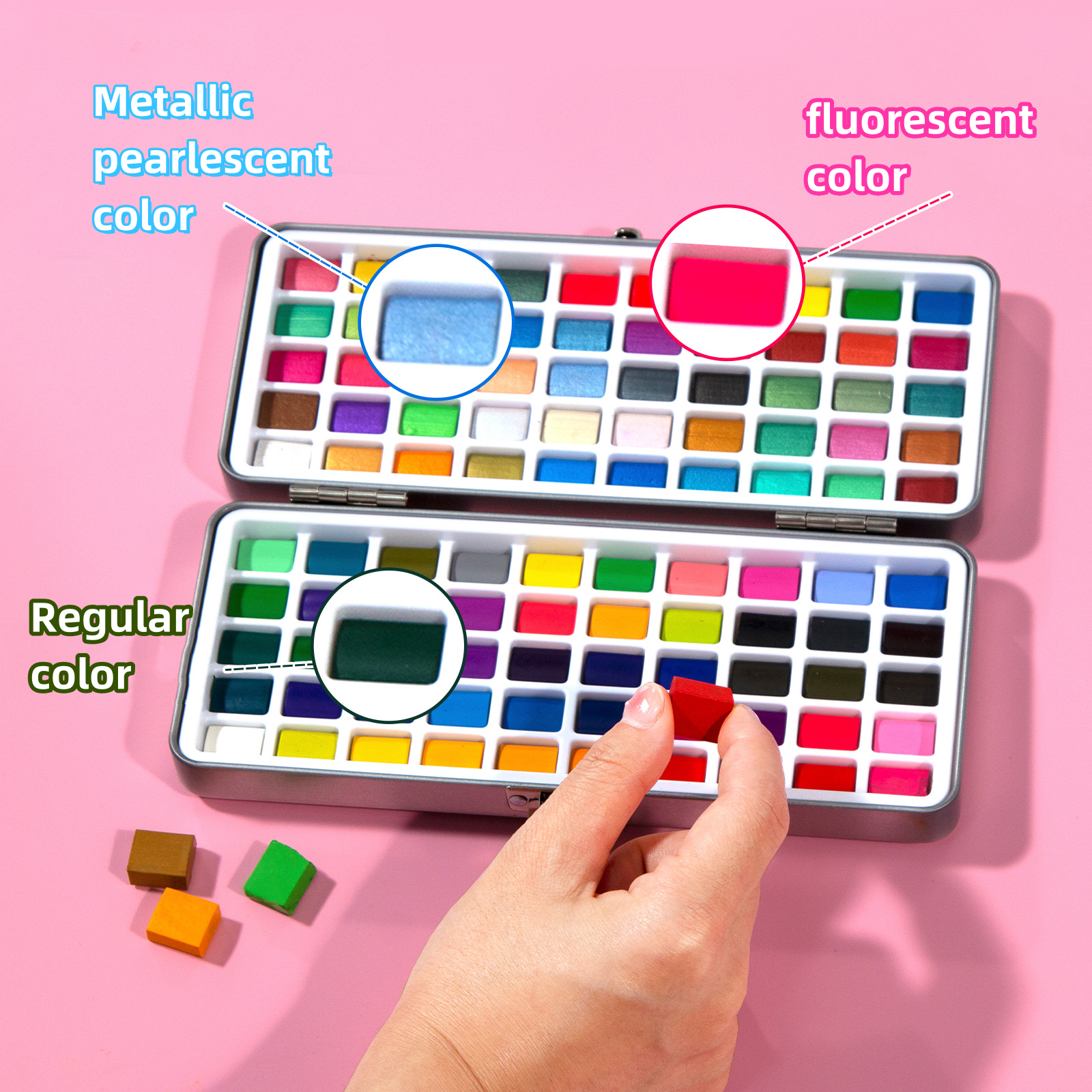
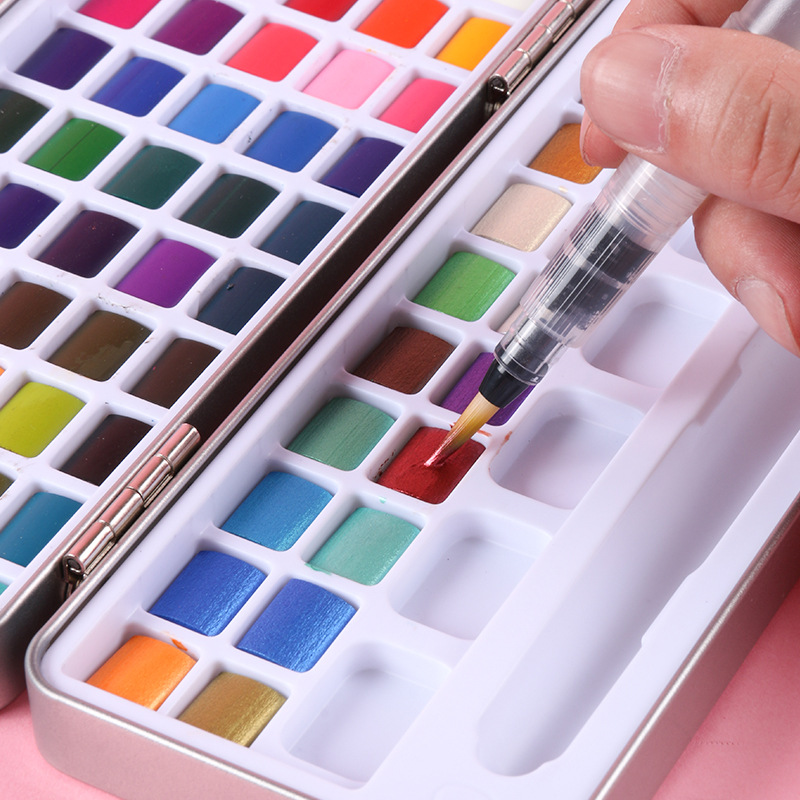
Seventh, dry painting method
What we often understand as the dry painting method seems to be more accurately understood as the dry brushing method. A very small amount of paint is dipped onto dry paper or a dry base. In order to add a certain texture effect, dry painting method is also used.
Common examples: trees and grasses in landscapes, the shimmering effect of a seascape, animal hair, and so on.
Common Problems.
Excessive moisture can not produce the effect of dry painting.
Solutions in addition to controlling moisture, can also be expressed with the help of brushes, such as the use of poor water-absorbing capacity of artificial hair and so on.
Eighth, special techniques: drip method, salt method
Drip method and salt method are to create a special texture effect. Both are in the wet while the base colour, drop water or salt can be.
Regarding the drip method, it is worth mentioning that you can use this technique to take advantage of the creation of water marks. Because in the process of our painting, we often encounter water marks, many partners will feel very headache do not know how to deal with. When we use the drip method, the use of drops of water to deliberately create water marks and we usually don't want water marks and the emergence of the essence of the reason is the same.
Common painting examples: the need to add layers to the background of the picture effect can be used.
Ninth, special techniques: white glue white method
White glue white method, that is, in the need to leave white places in advance pre-painted white liquid or white glue, painting and so dry and then wipe off the method.
Common examples: raindrops, seascape, any need to leave white picture effects.
Tenth, special techniques: splash method
This technique is often used to create an atmosphere, some friends will feel too clever or not considered orthodox techniques. In my personal opinion, for beginners, extremely easy to get started, for some picture effects, you can quickly enliven the picture effect, especially for the painting of the starry sky to play the role of the finishing touch.
Common painting examples: the most common starry sky.
Summary
The last thing to say is that any technique needs to be used flexibly, according to the different needs of the screen to choose the right technique. There is no need to over-pursuing a technique, and there is no such thing as a painting that can only be painted with wet painting, and other methods of painting out of the wrong idea.















